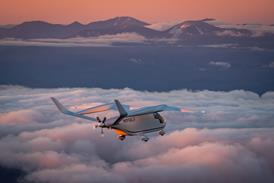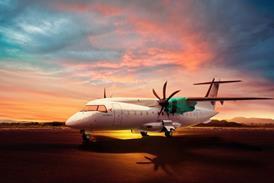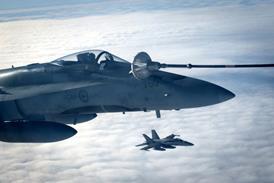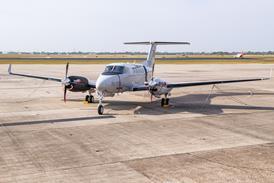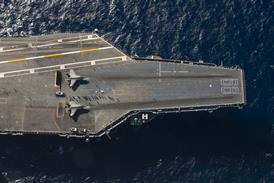All turbine aircraft in US airspace would pay user charges based on departures and time in system, irrespective of their size, under a proposal by US airlines.
Financing operation and modernisation of the airspace system via cost-based user fees is part of a “statement of principles” on funding the Federal Aviation Administration unveiled by the US Air Transport Association (ATA). The US general aviation sector’s rival “guiding principles” reject user fees as costly and bureaucratic.
The present system of funding the FAA through ticket and fuel taxes paid into a trust fund places a disproportionate burden on the airlines, ATA argues. “The trust fund is based primarily on ticket prices, so the revenue is not linked to the cost of services,” says ATA president and chief executive James May. GA groups say the airlines’ hub-and spoke system drives the costs.
ATA’s proposal would shift $1.5-2 billion of the $11-12 billion cost of funding the FAA from the airlines to business aviation. Piston-powered recreational flying under visual flight rules would continue to pay fuel taxes under the proposal. All GA groups want to continue paying via fuel taxes.
ATA wants Congress to impose mandatory user charges “directly and proportionally linking system use with system costs”. User fees would be assessed based on a percentage formula “that incorporates only the number of departures and time in system”.
Rejecting the weight- and distance-based formula recommended by the International Civil Aviation Organisation and used elsewhere, May says: “Weight has no bearing on the operation of the ATC system.” ATA accepts “the departure charge may vary for night-time operations and size of community”. ATA says user fees should be segregated from other government revenue and dedicated exclusively to the airspace system, with the funding to be used to support bond financing of modernisation.
ATA also wants a “user pay equals user say” administrative structure that provides a “direct role in governance proportional to the extent of each user category’s financial contribution”. GA groups denounce this as a move by airlines to monopolise US airspace and want Congress to remain in control of funding the FAA.
“ATA says activity level dictates the total amount that should be paid. That is a false premise,” says National Business Aviation Association president and chief executive Ed Bolen. “There is no correlation between activity level and costs imposed on the system. The costs are primarily generated by the hub-and-spoke system.”
GRAHAM WARWICK / WASHINGTON DC
Source: Flight International


